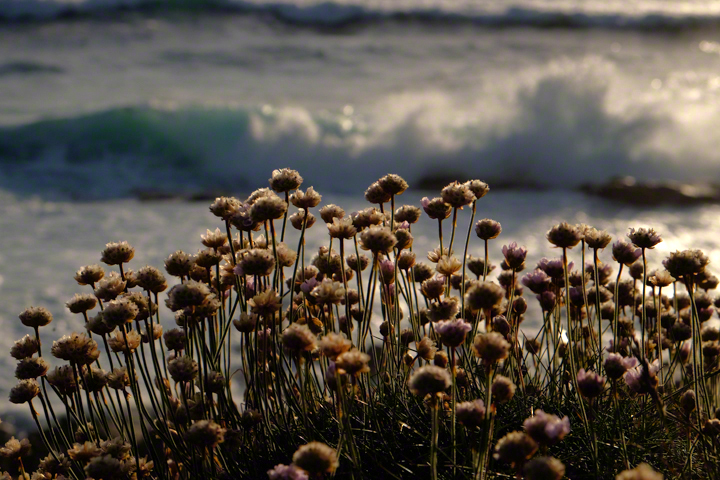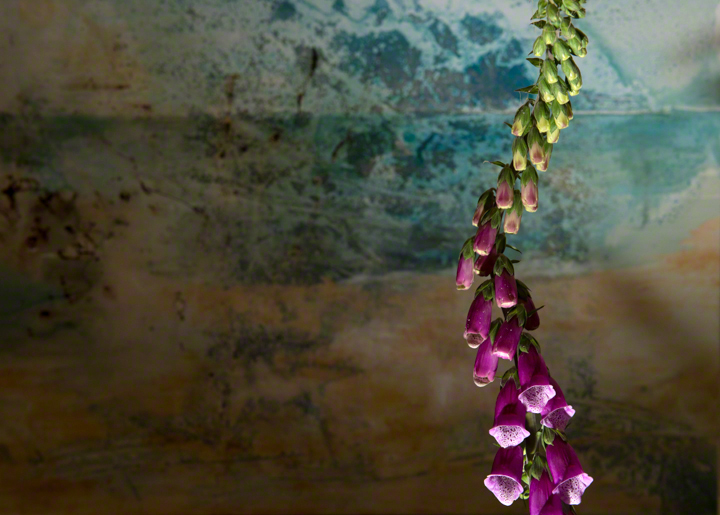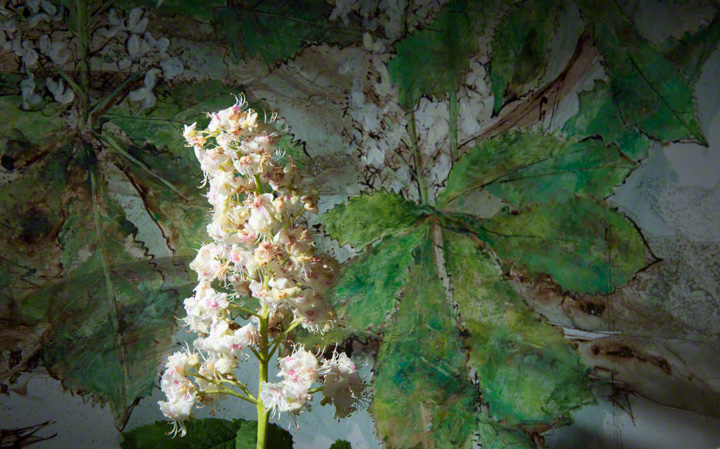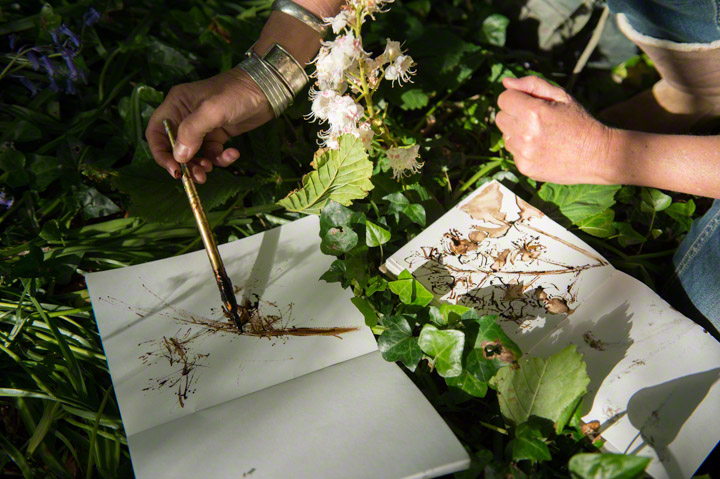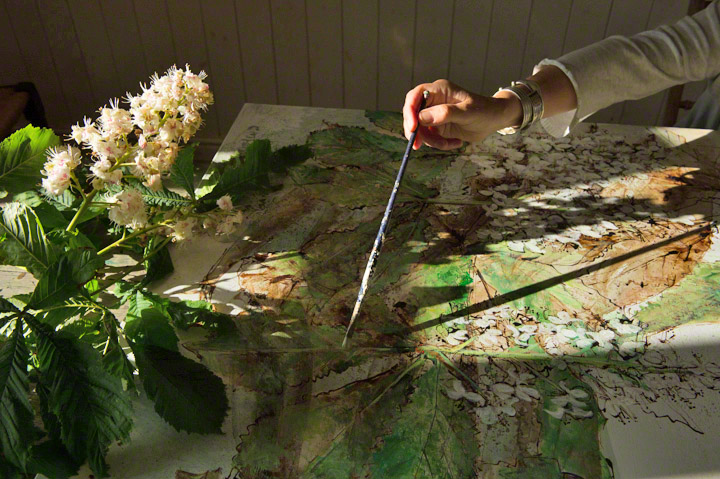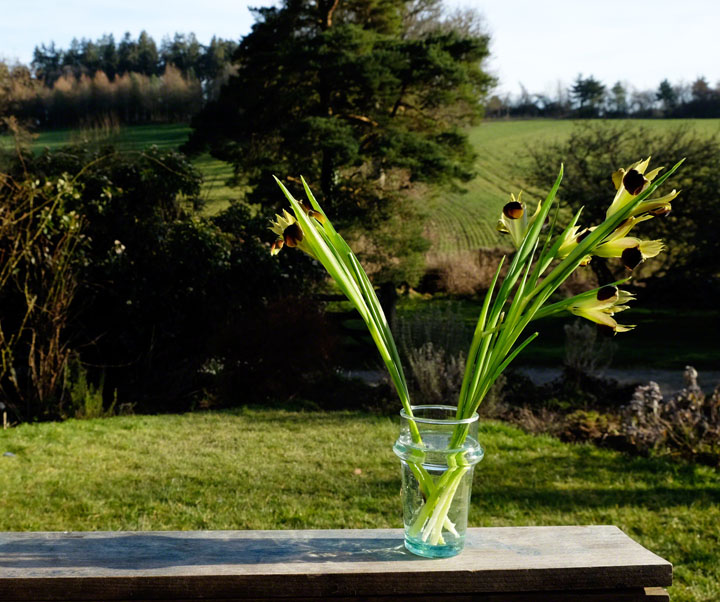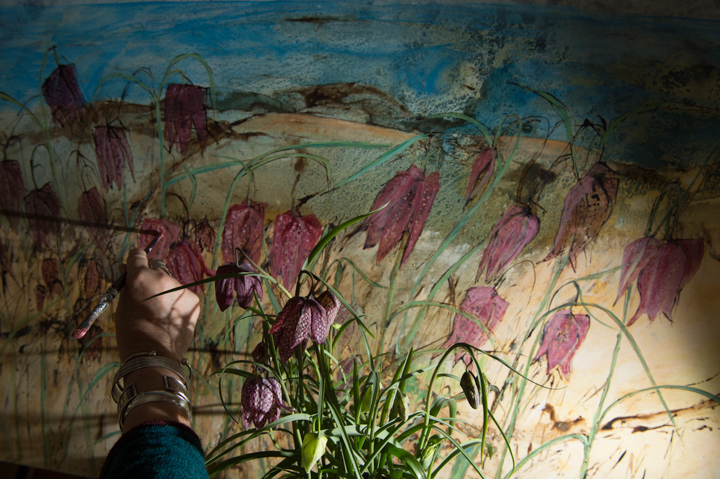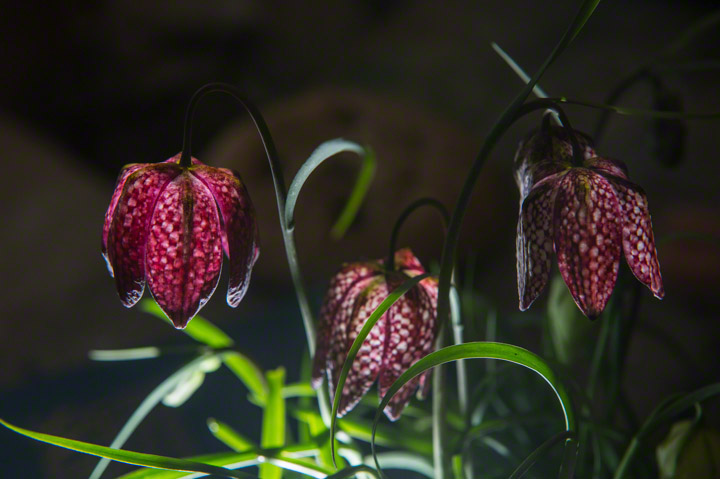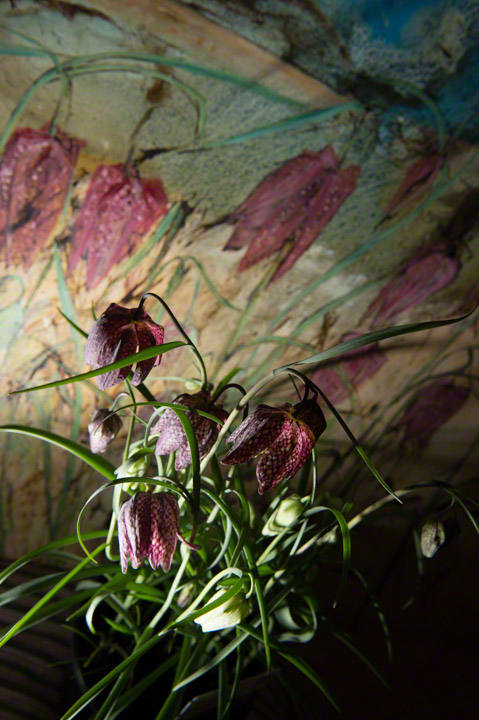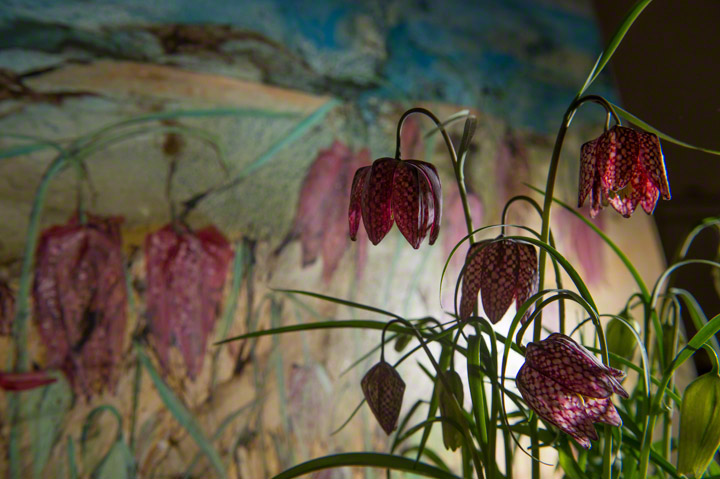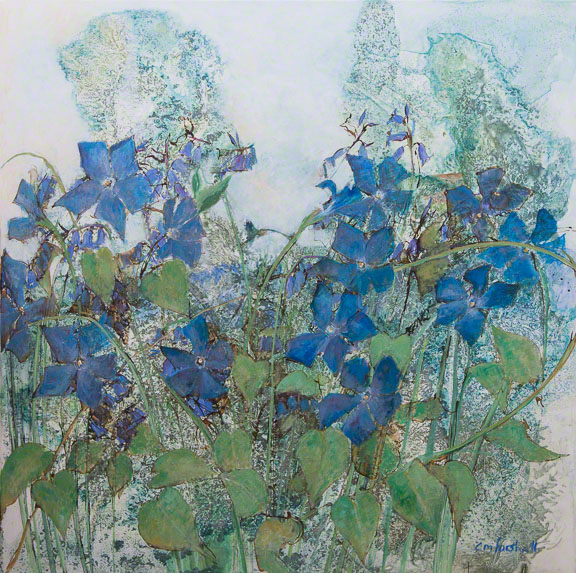We’ve been down to Gwenver Beach. We walked along the path towards the cliffs in the evening light. There was quite a swell and the waves were breaking on the rocks.
The next day we picnicked on the beach. Even though the sun was bright the wind was cold. I sat sketching in the dunes. I’m working for a show to be called ‘Coast’ at the ‘Flying Colours Gallery’, Chelsea, in November. There is a lot of work to do. I’ll be showing fish and shell paintings but also paintings of flowers associated with the sea.
Much of the sea thrift was already pollinated and had gone to seed. As well as the bees it attracts a daylight moth, the Five Spot Burnett, Zygaena Trifolii, and a small snail, the name of which I do not know, which happily munches its way through the pink petals, pollinated or not.
It’s a lovely place, not far from Sennen Cove in Cornwall. There is a long steep walk down but it’s worth it.
If you would like to be kept informed of forthcoming shows please email me at catherineforshall@yahoo.co.uk

